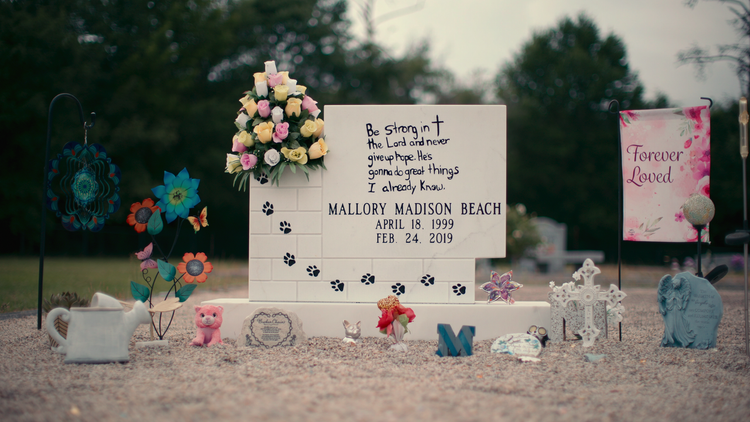Netflix's 'Murdaugh Murders' Team Say They've Uncovered New ...

Filmmakers Jenner Furst and Julia Willoughby Nason are well acquainted with true-crime tales. Their Emmy-nominated Hulu docuseries Fyre Fraud dug into the fraudulent 2017 music festival, and 2021’s LulaRich took viewers inside an alleged billion-dollar pyramid scheme. So when they began working on a three-part Netflix docuseries about Alex Murdaugh’s astonishing alleged crime saga—which unfurled in the same South Carolina territory where his family of prosecutors and lawyers have held powerful influence for over 100 years—they were uniquely suited to navigate bizarre headlines.
In a phone call with Vanity Fair—which took them briefly away from Court TV’s coverage of Murdaugh’s double murder trial—the filmmakers recalled how they began making Murdaugh Murders in the fall of 2021. It had been several months since Alex phoned 911 to report that his wife Maggie and son Paul had been brutally murdered—the murders for which Alex is currently standing trial. (Alex has maintained his innocence in the killing of his wife and son.) The killings happened shortly after Alex was pushed out of his family law firm after they claimed he misused millions of dollars. (Alex’s lawyer says a large portion of the money was used to pay for painkillers.) It was also shortly after Alex was allegedly shot in the head by a former client. (The man has denied shooting him.) Alex admitted to asking the man to kill him so his son could collect an insurance policy. (Murdaugh apologized to his family and friends, and entered a drug program.)
“Things were at peak insanity,” recalls Furst, explaining that he and Nason had no intention of trying to chase the “absurd” and relentless news cycle. Instead, they sat down with friends of Paul Murdaugh and centered the docuseries on a 2019 boat crash that killed 19-year-old Mallory Beach and injured several others. Paul was charged with drunkenly crashing the vessel; at the time of his death, he was out on bail. Alex faces a wrongful-death lawsuit for Beach’s death as well.
The documentarians frame the crash and its aftermath as examples of the Murdaugh family’s entitlement and endemic perversion of justice. Paul was not handcuffed or taken to jail after the accident; his cell phone was not taken away to be used as evidence. In the docuseries, survivors of the crash allege that Alex spent the hours following the accident trying to line up their stories and point blame away from his son.
“When [Beach] died, the behavior of the Murdaughs was so egregious, and the lack of empathy, compassion, and accountability was so glaring, that it was an ‘enough is enough’ moment for that community,” says Furst. “We chose [to tell the story] through the lens of these young people who find themselves at a turning point in history—not just for their generation, but for three generations prior in which this family has been able to get away with murder, literally and figuratively.”
The filmmakers use the perspective of these Gen-Z Murdaugh friends and their families to touch on Maggie and Paul’s murders, as well as the 2015 death of Stephen Smith, a former classmate of Alex’s older son Buster, and the 2018 death of the Murdaugh’s longtime housekeeper Gloria Satterfield. (Smith and Satterfield’s deaths are currently being investigated. Alex has admitted that he owes Satterfield’s sons $4.3 million in a wrongful-death settlement.) Especially fascinating testimony comes from Paul’s ex-girlfriend Morgan Doughty, who claims she was physically and verbally abused by Paul during their courtship.
The filmmakers also scoured archives, spoke to reporters, and interviewed Mark Tinsley, the lawyer representing Beach’s family. Tinsley’s dogged pursuit of Alex’s finances began unraveling a web of corruption far larger than anyone could have imagined. According to Furst and Nason, while making the docuseries, they uncovered previously unreported skeletons in Alex’s closet—so many that they were unable to fit them all into their three-episode framework.
“There is so much more to tell in this story,” says Furst. “There are additional crimes that have occurred that we have the scoop on—corruption that goes far wider than Hampton, South Carolina. That goes to the state and to the federal level.” The filmmakers hope they’ll get enough views to warrant more episodes detailing those alleged crimes.
“With Netflix, we get [access] to 200+ million people and 70+ different languages. We’re hoping that that creates a tidal wave to unlock the rest of the story. And we’re sitting on the rest of the story,” says Furst. “It’s almost like the Dune part one and part two saga. The filmmaker made Dune knowing that the first part was dependent on the second. ”


















































